Winter Gardening: Ornamental Cabbage and Flowering Kale
This is the time of year when it seems that, each time I step outside my door, something else in my gardens has succumbed to the increasing cold. Though I know they’ll return in the spring, I admit that watching my plants and flowers wither away makes me feel a little sad. As my colorful yard slowly transforms into a palette of browns and grays, I always wish there was some way to add color and life to it as winter approaches. If only! This is Michigan, after all.
Who knew that, during a visit this week to one of my favorite local growers, Banotai Greenhouse, I would discover the answer to my dilemma: ornamental cabbage and flowering kale!
I thought I was popping in for some fresh pumpkins for my Halloween display. Instead, I left with a carload of beautiful pink, purple, and ivory flowering plants hardy enough for a winter garden in Michigan!
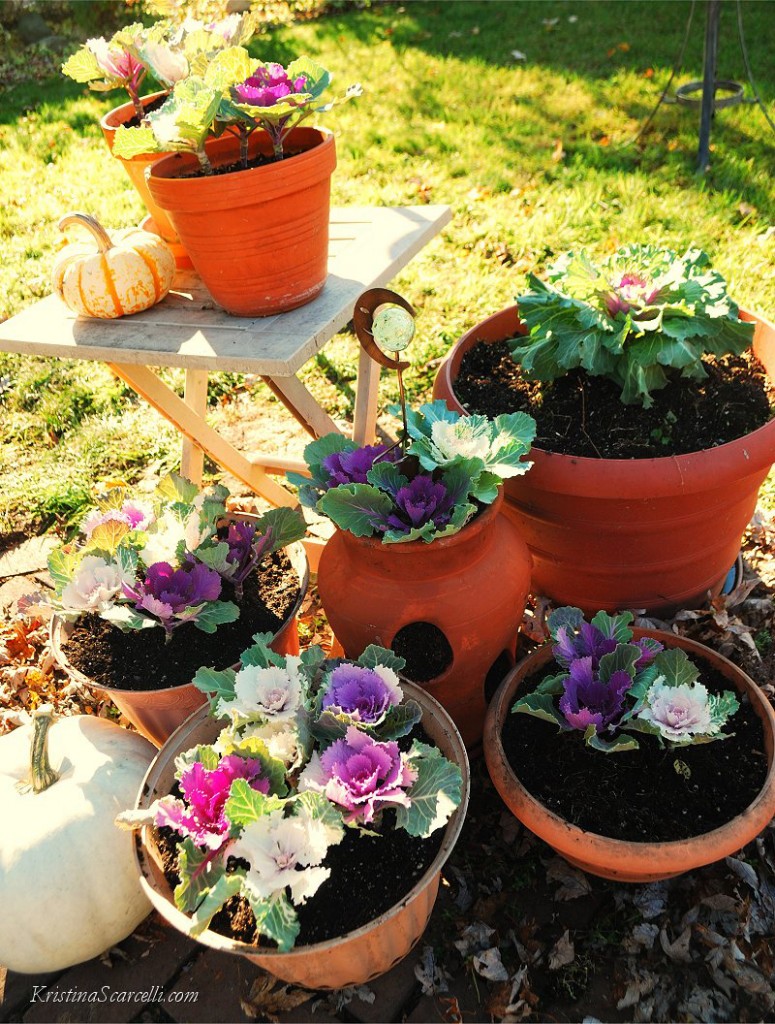
Ornamental cabbage and kale are in the same species as edible cabbage and kale, Brassica oleracea. Although the ornamentals are also edible, they aren’t as tasty and tender.
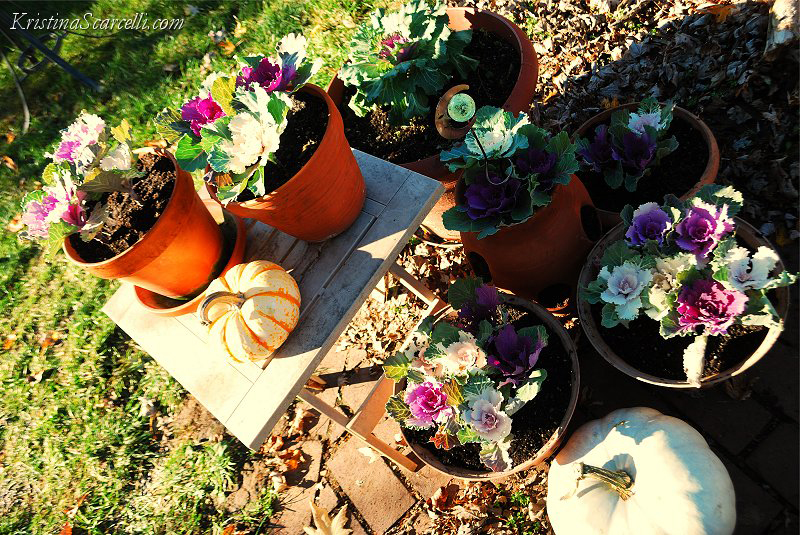
Through the process of cross pollination, botanists were able to hybridize the many colors and textures of ornamental cabbage and flowering kale that we see today.
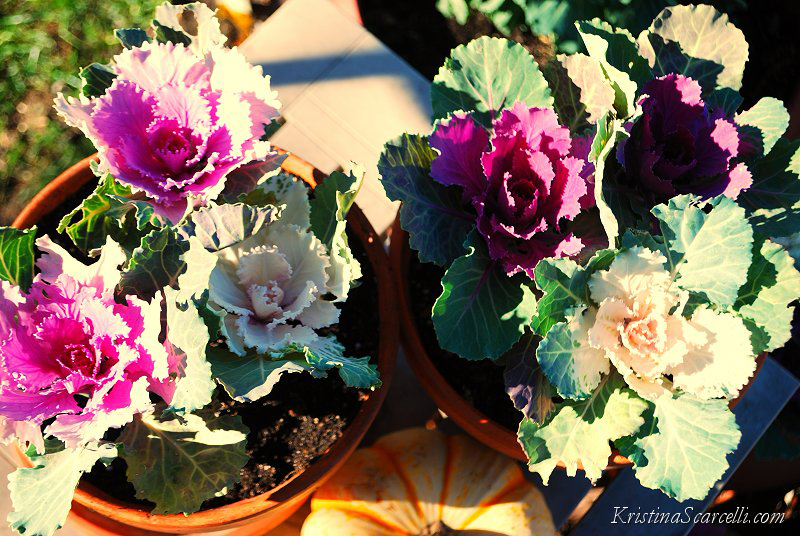
Sometimes called leaf peonies, ornamental cabbages produce vivid pink, purple, and ivory centers with soft, green outer leaves that look like oversized exotic roses.
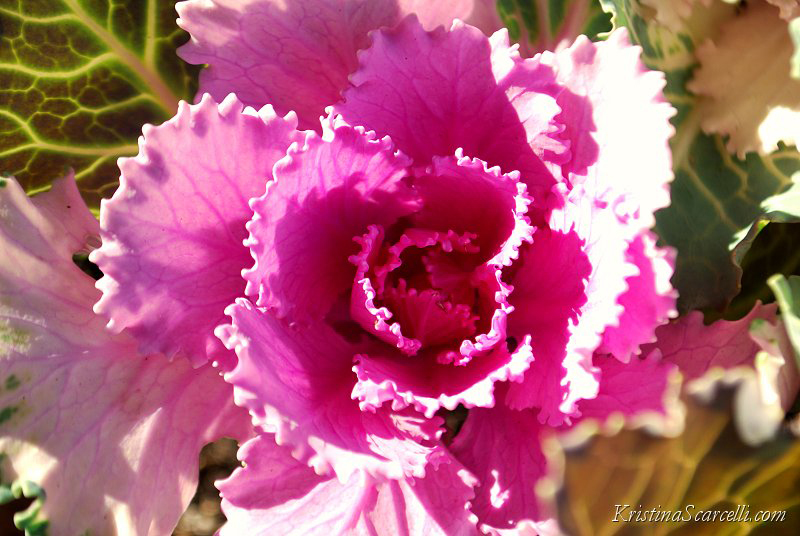
Similar in size to common cabbage, the flowerlike look can be emphasized through careful pruning to create long-stemmed blooms suitable for use in floral arrangements.
For this year, I kept my ornamental plantings pretty simple. But I’ve been doing some research online, particularly on Pinterest, and there are some amazing design ideas that I may have to consider for next fall!
If you’re interested in giving ornament cabbage and flowering kale a try in your garden, there are a few tips to keep in mind.
Look for plants with short, rosette-type stems and relatively uniform length leaves, no holes, and at least a hint of color. Ornamental cabbage and kale should be planted in a sunny location in moderately moist, slightly acidic soil. They like to dry out slightly between watering, but will stress if left dry for prolonged periods.
Ornamental cabbage and kale are not fond of warm temperatures and their colorful pigmentation doesn’t develop until after frost or prolonged cold weather. If planted too early in the fall, they will get leggy and remain green and can be susceptible to cabbage pests that will disappear after frost. They have exceptional cold hardiness and can survive temperatures as low as 5°F if they are gradually acclimatized. While a sudden cold snap can be deadly, light and moderate frosts will intensify the brilliant coloring of these plants. That means that you can have color in your garden well into winter!
Now, if I can just keep our resident rabbits and chipmunks from dining on the tasty leaves of my ornament cabbage and flowering kale, I hope to have a lovely, vibrant garden to look forward to as the year draws to a close!
Sources: About Home: “Ornamental Cabbage and Flowering Kale – Pretty Enough to Eat?”, SF Gate Home Guides: “How to Prune Ornamental Cabbage”, Nueces Master Gardeners Gazette, The Garden Helper: “How to Grow and Care for Ornamental Kale and Cabbage”.

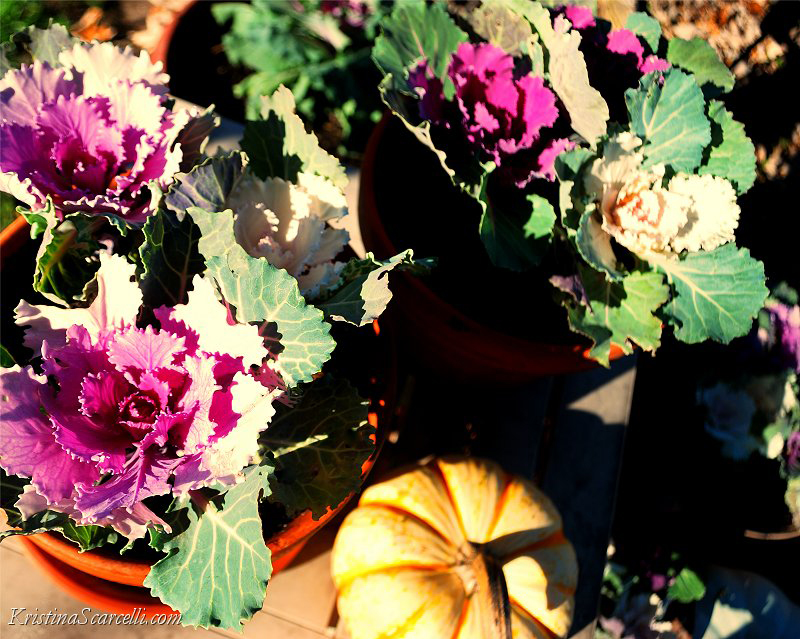


 Enter your email address below to subscribe.
Enter your email address below to subscribe. 












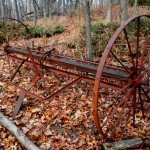

Turns out there are several kinds of kale. I did some research and found out ornamental cabbage is actually kale. I was surprised to learn that it’s edible too. The dark leafy kale is the kind we most commonly eat. It’s actually good roasted in the oven tastes like potato chips!